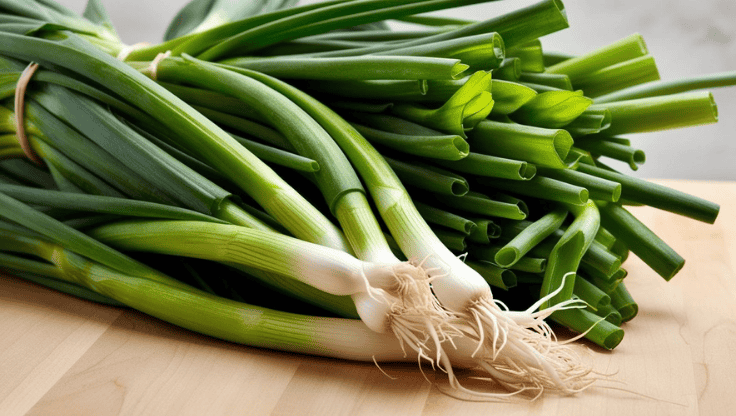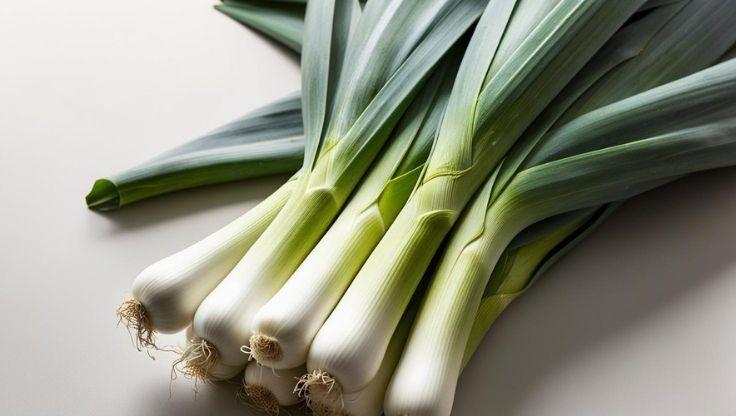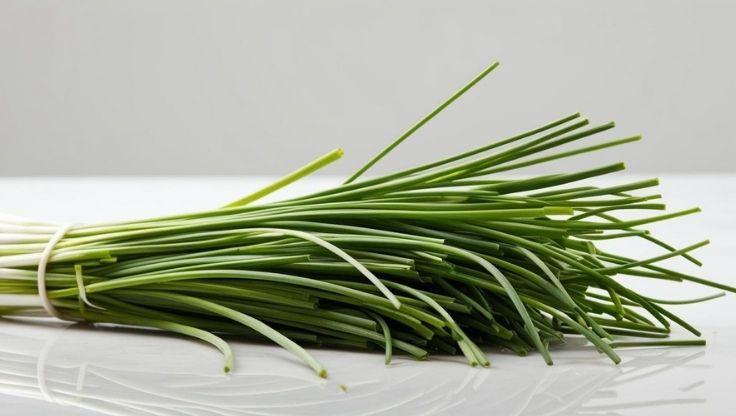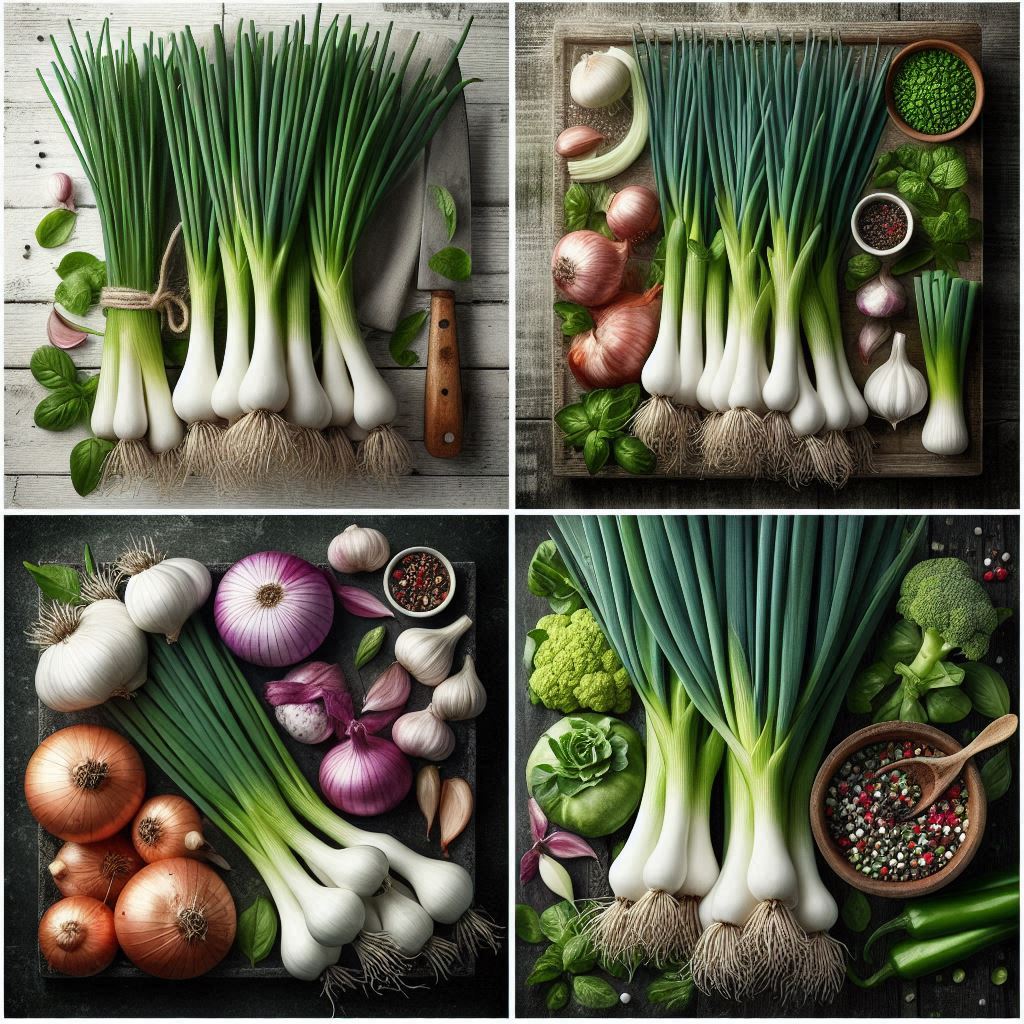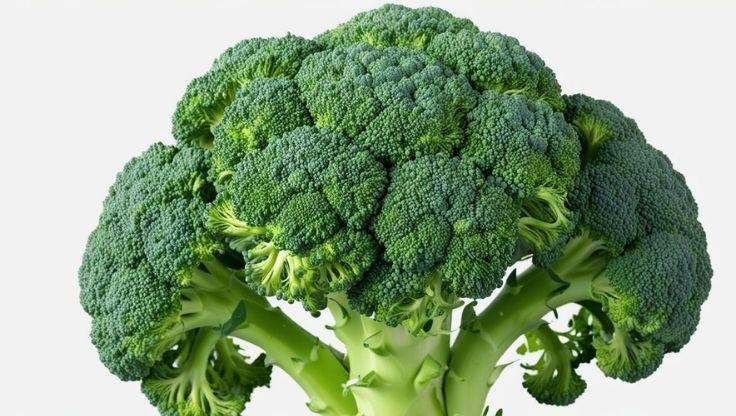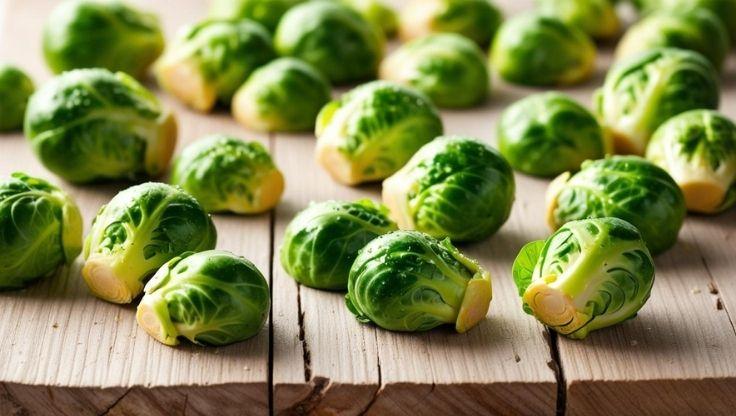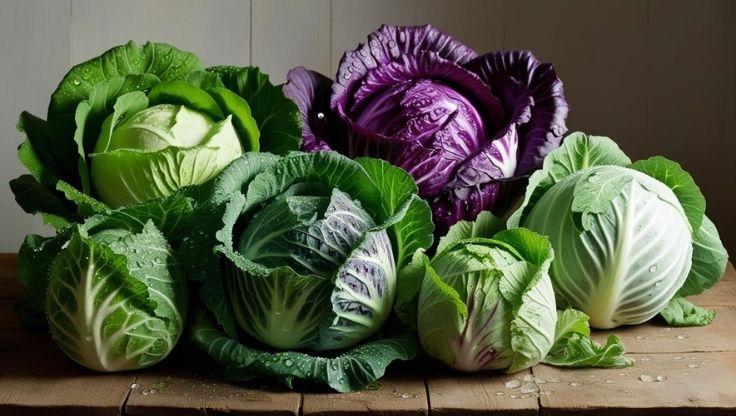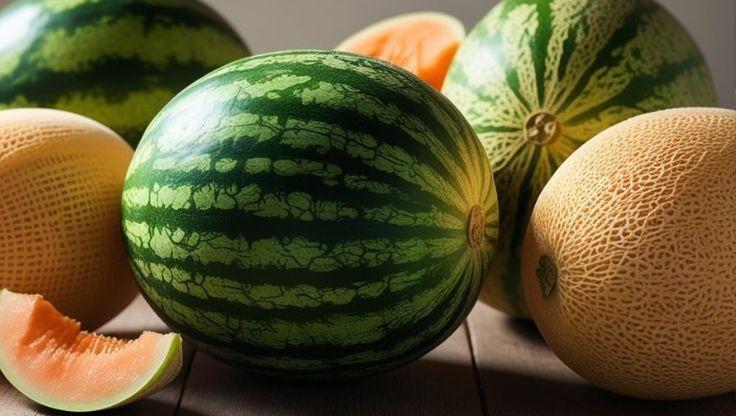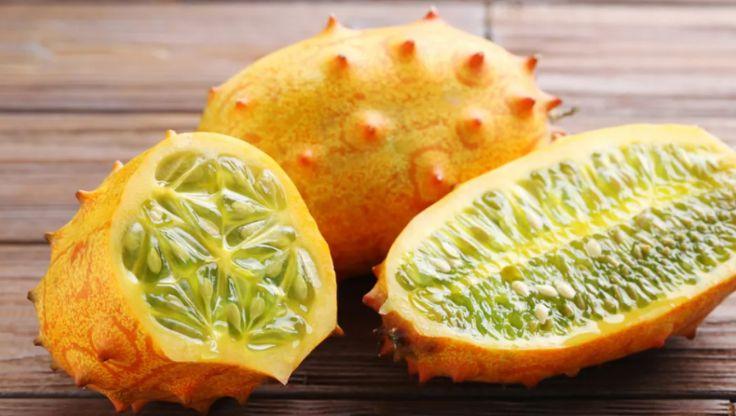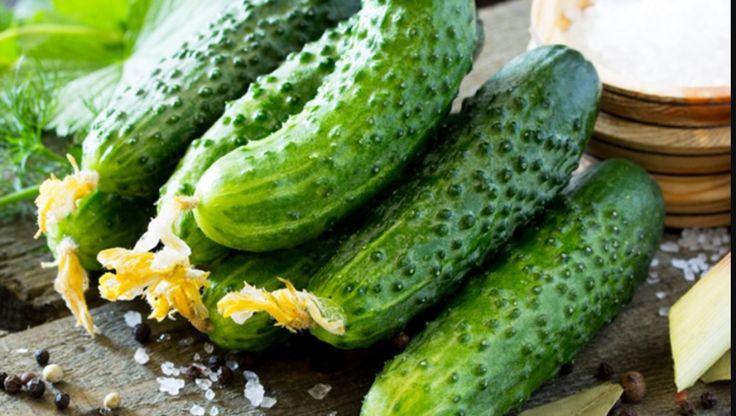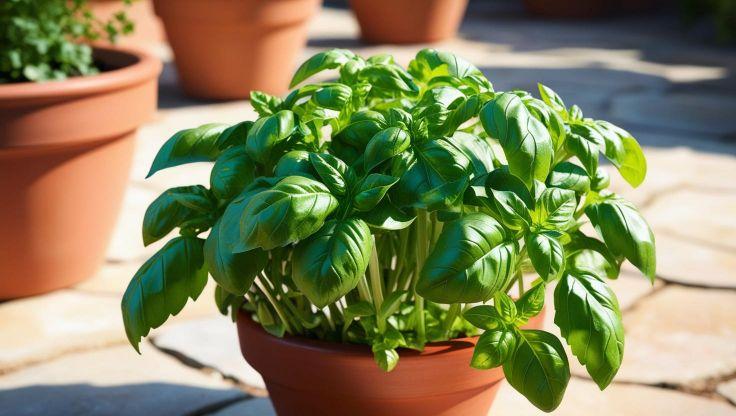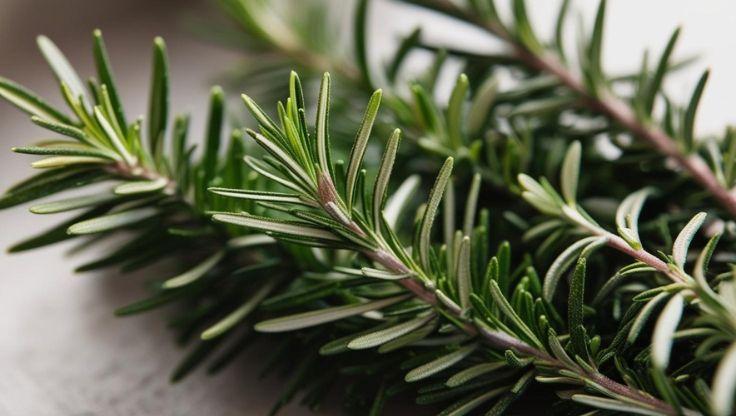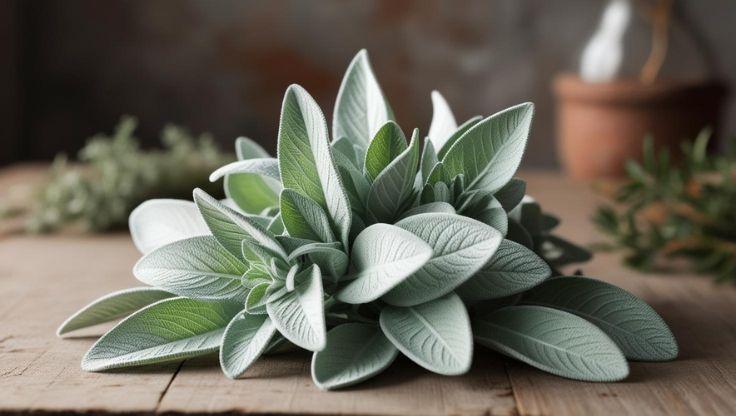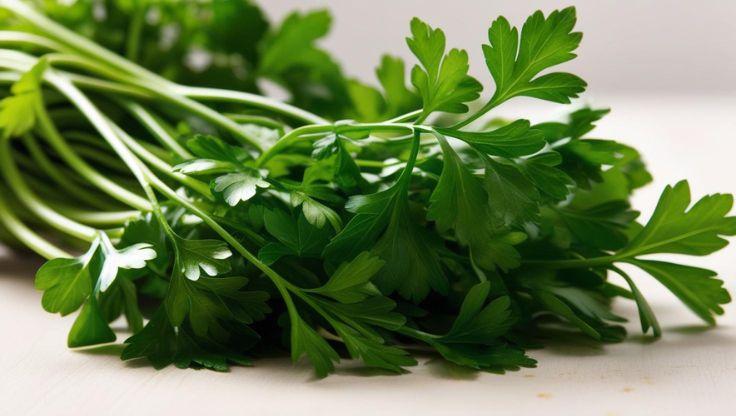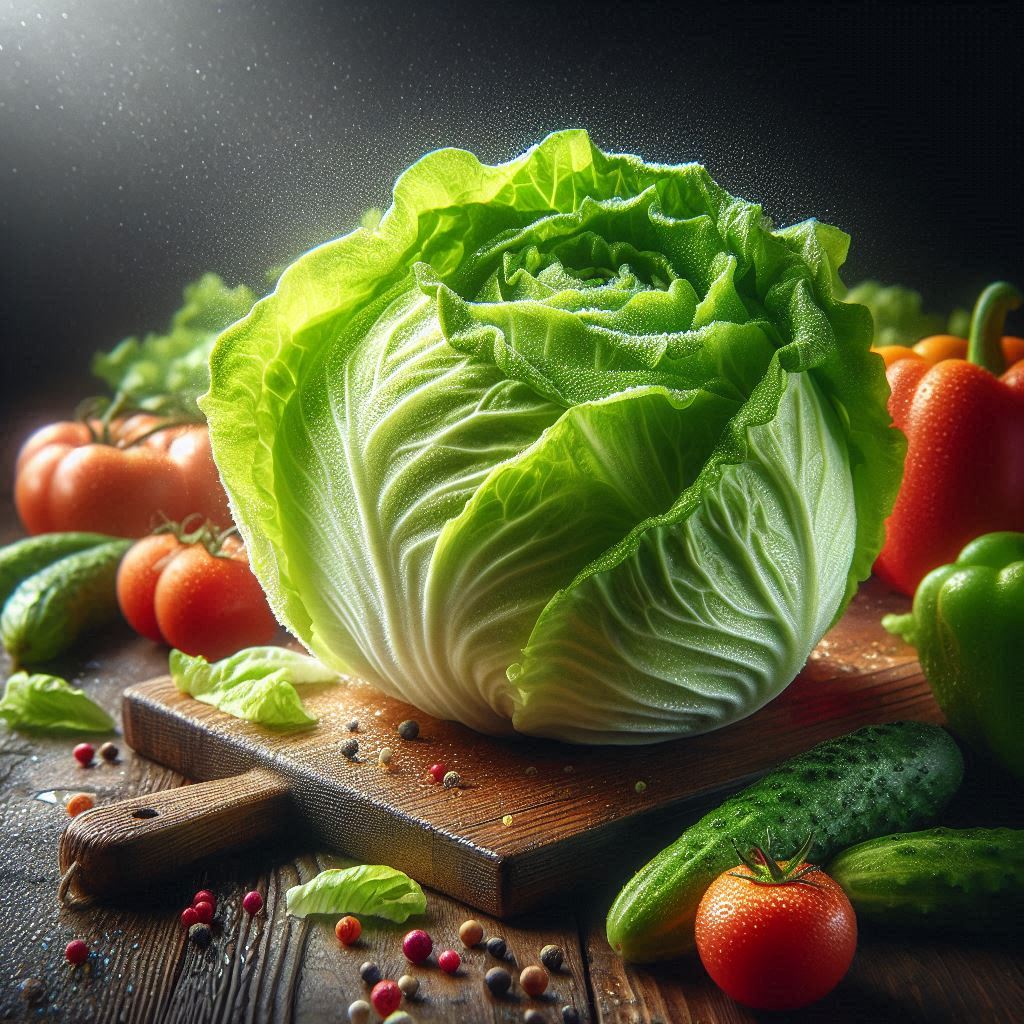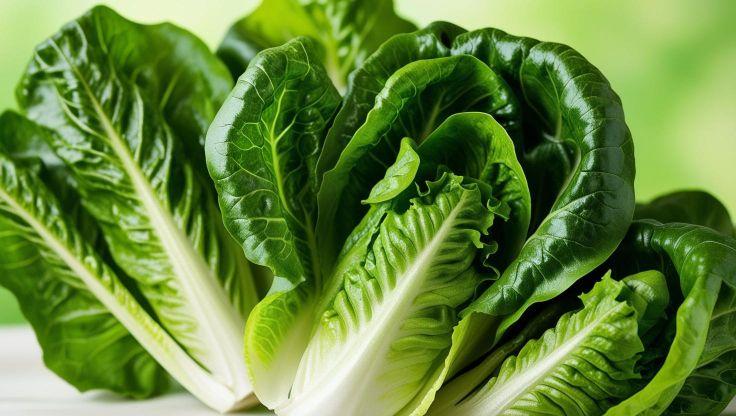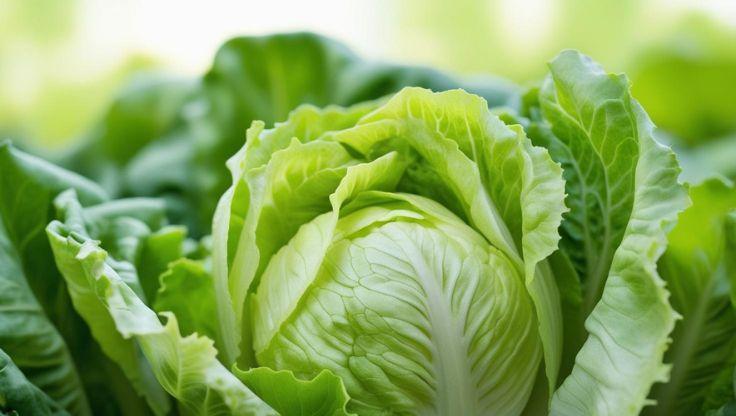Hydroponic Plants: A Complete Guide to Growing Cilantro (Coriander)
Cilantro (Coriandrum sativum), commonly known as coriander in some regions, is a versatile herb used in global cuisine and traditional medicine. As a hydroponic plant, cilantro thrives in controlled environments with steady nutrient delivery. Compared to soil-based cultivation, hydroponic systems offer higher yields, improved pest resistance, and increased water efficiency. The hydro garden method eliminates soil-borne diseases, making it ideal for sustainable farming.

Hydroponic Growing Conditions for Coriander
Coriander (Coriandrum sativum), a versatile herb widely used in culinary applications, thrives in hydroponic plants systems due to its controlled environment and optimized nutrient delivery. Proper growing conditions ensure healthy root development, lush foliage, and a steady harvest.
Ideal pH and EC Levels
Maintaining the correct pH and electrical conductivity (EC) levels is essential for nutrient absorption and plant health.
- pH: A range of 5.8–6.5 supports optimal root development and prevents nutrient deficiencies.
- EC Level: 1.2–1.8 mS/cm ensures balanced nutrient uptake, promoting vigorous growth.
Hydroponic coriander benefits from precise nutrient formulations, reducing the risk of soil-borne diseases and improving overall plant resilience.
Light, Temperature, and Humidity Requirements
Coriander requires specific environmental conditions to prevent premature bolting and ensure steady growth.
- Light: 12–16 hours per day, preferably with LED grow lights, which provide the necessary spectrum for photosynthesis.
- Temperature: The ideal range is 18–25°C (64–77°F), preventing bolting and ensuring optimal leaf production.
- Humidity: 50–70% maintains steady transpiration rates, preventing excessive moisture loss.
Seed to Harvest Process for Hydroponic Coriander
Coriander (Coriandrum sativum), commonly known as cilantro, is a fast-growing herb that thrives in hydroponic plants systems due to its controlled environment and efficient nutrient delivery. This method ensures a consistent, pesticide-free harvest, making it ideal for both home and commercial cultivation.
Germination and Early Growth
Coriander seeds germinate within 7–14 days under warm, moist conditions, requiring temperatures between 18–25°C (64–77°F) for optimal sprouting. Unlike soil-based cultivation, hydroponic systems provide precise moisture control, reducing the risk of fungal infections and ensuring uniform seedling development.
Each growing hole typically contains 2–3 seeds, promoting optimal density while preventing overcrowding. Using nutrient-rich hydroponic solutions enhances root development and accelerates early growth.
Maturation and Harvesting
After transplanting, coriander reaches maturity within 40–50 days, making it one of the fastest-growing hydroponic plants. The plant prefers moderate humidity levels (50–70%) to maintain steady transpiration rates and prevent premature bolting.
Popular hydroponic coriander varieties include Santo Cilantro and Leisure Cilantro, both known for their flavorful leaves and rapid growth. Since coriander loses its potency when dried, it is best harvested fresh and used immediately.
Uses and Benefits of Hydroponic Cilantro
Cilantro (Coriandrum sativum), a widely used herb in global cuisine, thrives in hydroponic plants systems, ensuring a consistent, pesticide-free supply. Its versatility extends beyond culinary applications, offering significant health and sustainability benefits.
Culinary Applications
Cilantro enhances dishes with its fresh, citrusy flavor, making it a staple in various cuisines:
- Mexican salsas and guacamole, where its bright taste balances rich ingredients.
- Indian curries and chutneys, adding depth and aromatic complexity.
- Thai soups and noodle dishes, complementing spicy and savory flavors.
Hydroponic cultivation ensures year-round availability, allowing chefs and home cooks to access fresh cilantro regardless of seasonality.
Health Benefits
Cilantro is packed with vitamins A, C, and K, along with essential minerals that support overall well-being:
- Supports digestion, aiding gut health and reducing bloating.
- Detoxifies heavy metals, helping remove toxins from the body.
- Boosts immunity, thanks to its high antioxidant content.
Studies suggest that hydroponic plants often retain higher nutrient levels compared to soil-grown counterparts, making hydroponic cilantro a superior choice for health-conscious consumers.
Sustainability Advantages
Hydroponic cilantro cultivation offers several environmental benefits:
- Water conservation, using up to 90% less water than traditional farming.
- Reduced pesticide use, minimizes chemical exposure.
- Elimination of soil contamination risks, ensuring cleaner, safer produce.
By growing cilantro in hydroponic plants systems, farmers and home growers contribute to eco-friendly agriculture, reducing waste and improving efficiency
Research for expert insights
Dive into these comprehensive articles for authoritative insights and valuable information.
|
Institution |
Article Title |
Article Link |
|---|---|---|
|
Hort Technology |
Optimizing Sowing Density for Parsley, Cilantro, and Sage in Controlled Environment Production |
|
|
Bioscience Journal |
Hydroponic Production of Cilantro and Curly Parsley Under Nutrient Solution Concentrations and Positions on Hydroponic Profile |
A comprehensive breakdown of key points ensures their work is a reliable resource for readers striving to learn more.


